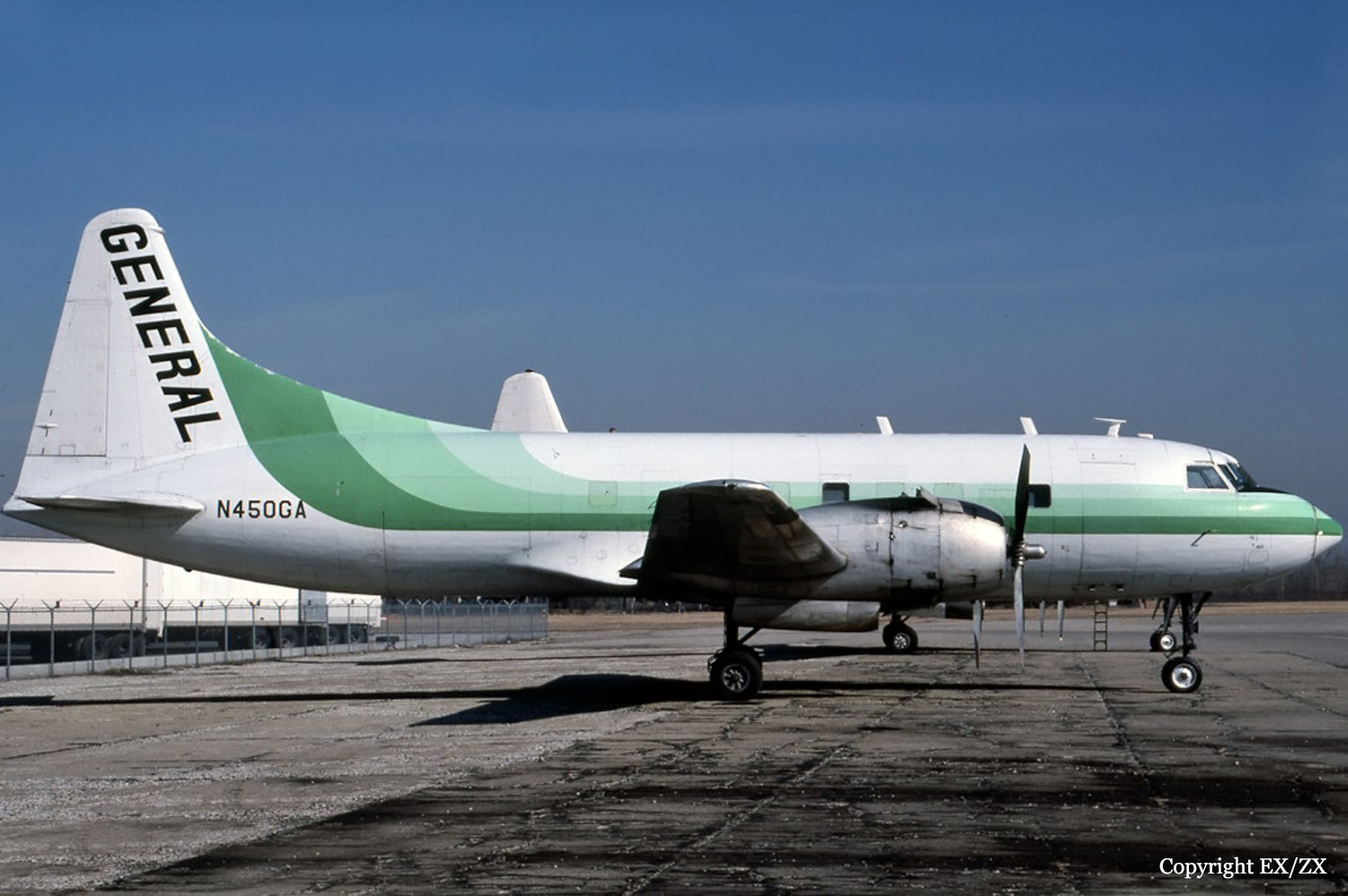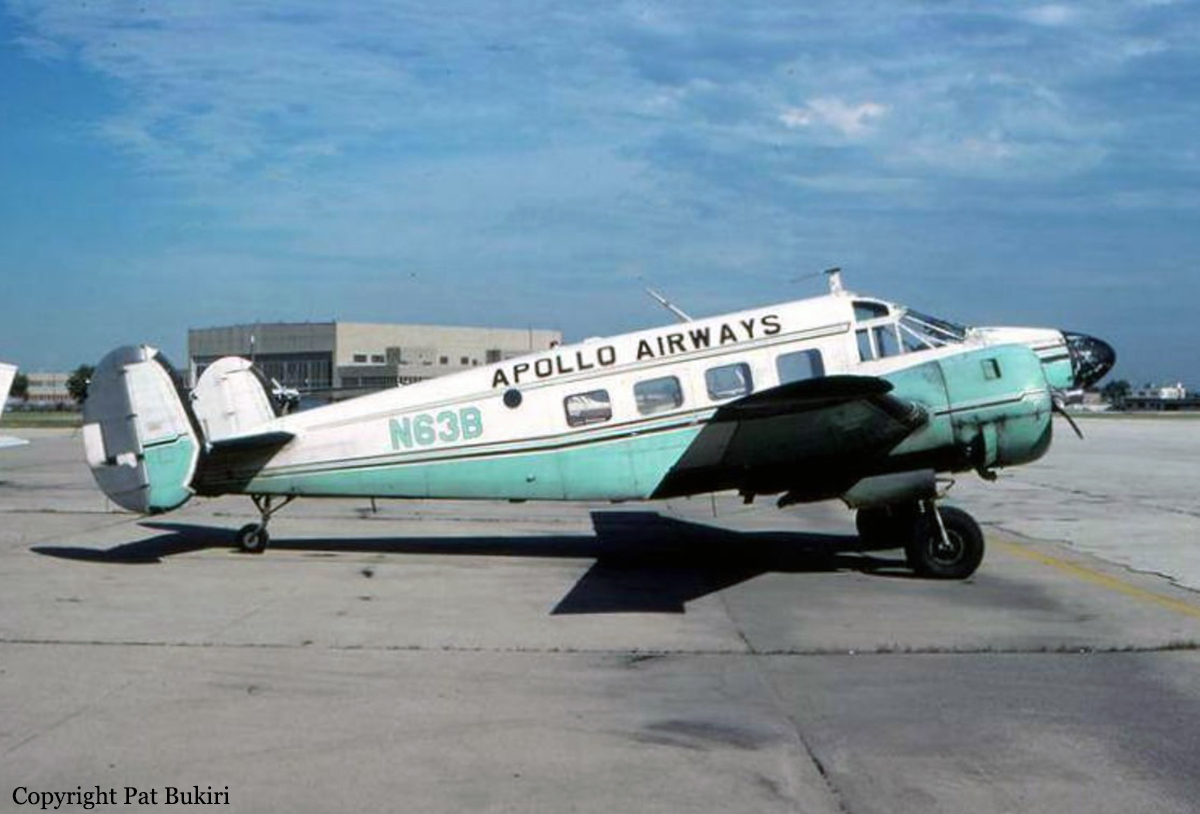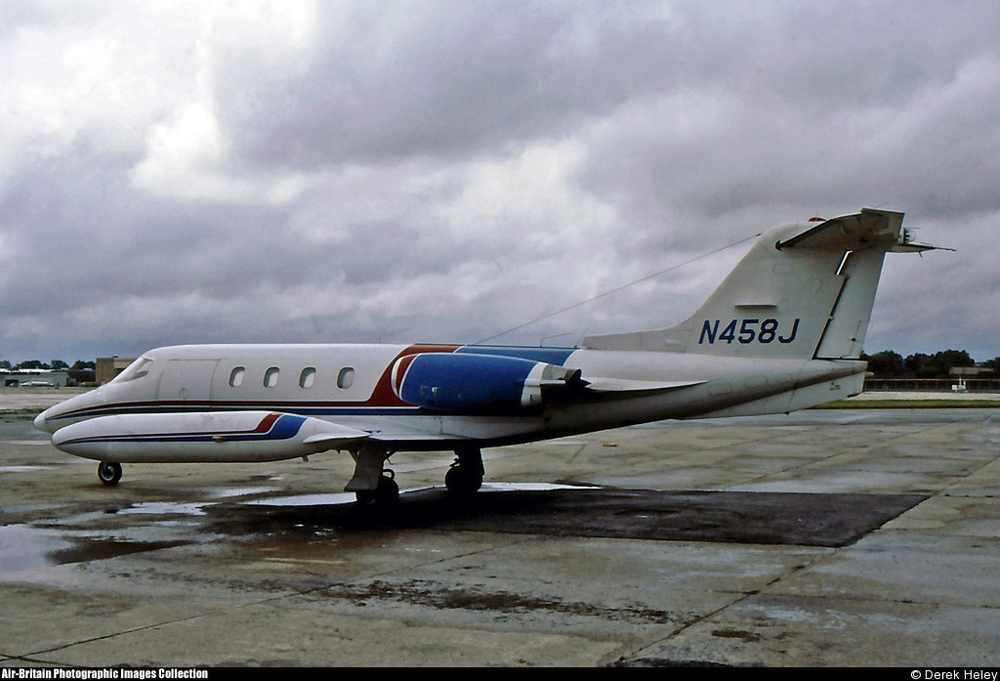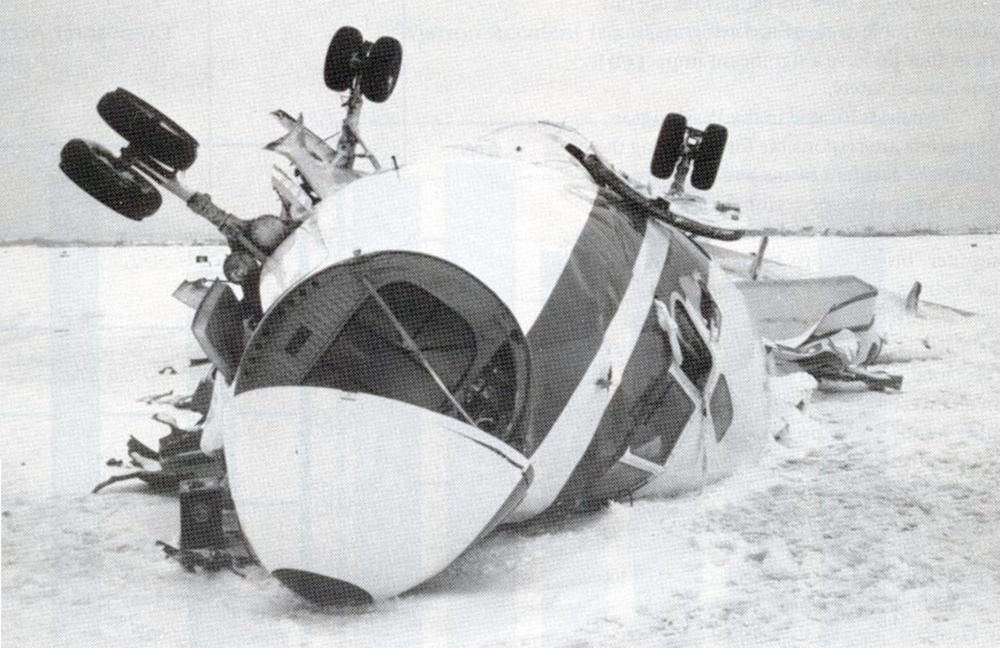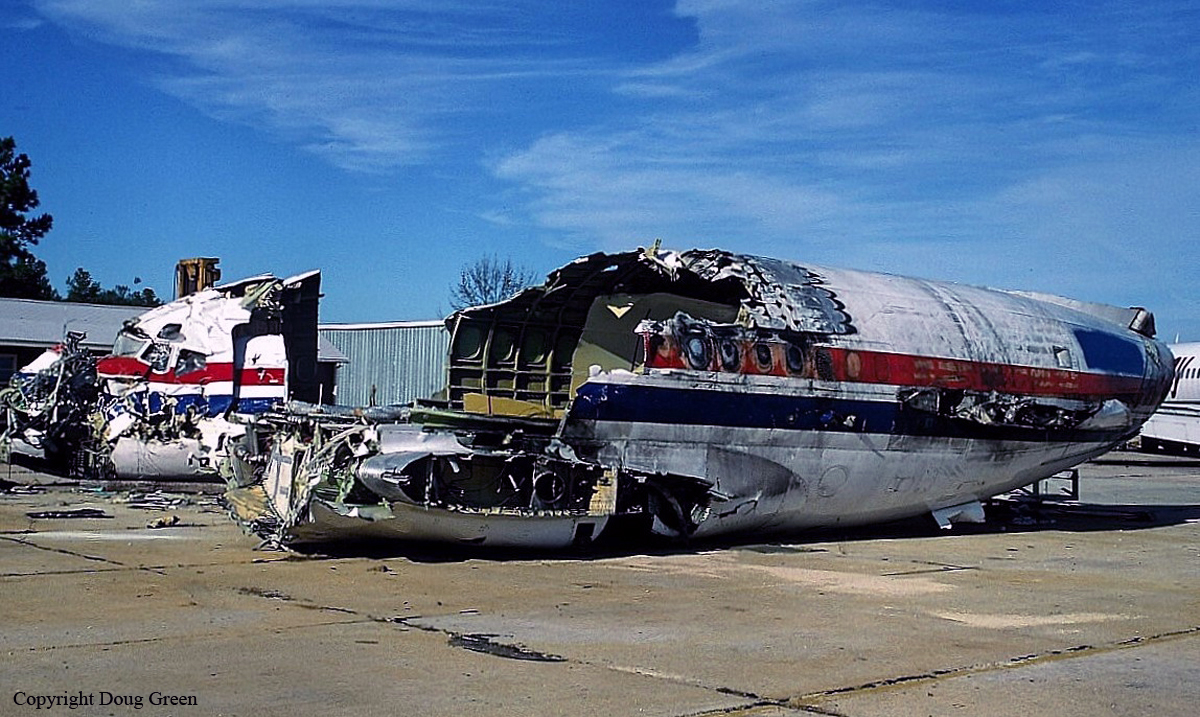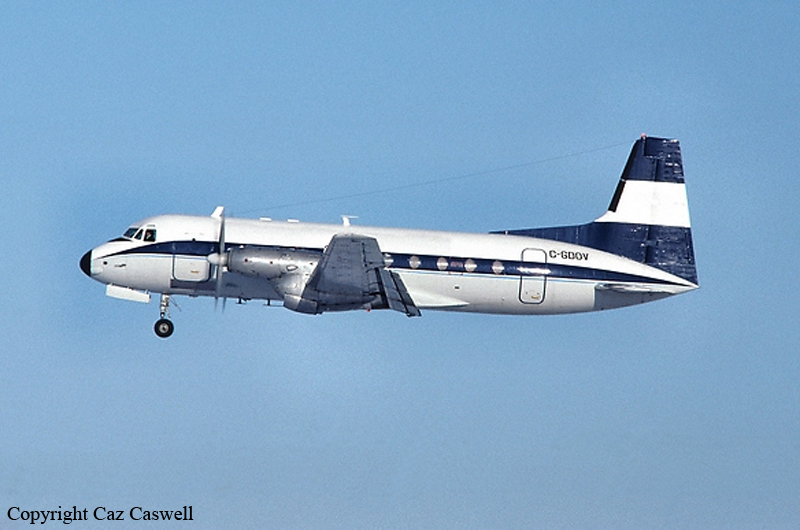Crash of a Piper PA-31T Cheyenne II in Toledo: 3 killed
Date & Time:
Jan 31, 1992 at 1606 LT
Registration:
N6038A
Survivors:
No
Schedule:
Toledo - Washington
MSN:
31-7820072
YOM:
1978
Crew on board:
1
Crew fatalities:
Pax on board:
2
Pax fatalities:
Other fatalities:
Total fatalities:
3
Circumstances:
The pilot made routine radio communications in preparation for takeoff. The airplane departed from runway 25 in daylight instrument meteorological conditions (IMC) with light snow and fog. Shortly after takeoff, the airplane's radar target disappeared from the controller's scope. The airplane crashed on wooded terrain about two miles south-southwest of the departure end of runway 25. Impact occurred in an steep, nose down, left wing low attitude. The airplane was destroyed by ground impact forces and a post-impact fire. No physical incapacitation of the pilot-in-command was determined. No contributory mechanical malfunctions of the airplane were discovered. All three occupants were killed.
Probable cause:
Loss of aircraft control for an undetermined reason.
Final Report:


